We looked at published studies detailing institutional racism and the vast majority tend to say the same thing: black people are disadvantaged at almost every level of society.
Whether it’s policy that makes it harder to escape the spiral of poverty, hidden biases in healthcare and the job market, or unjust legal treatment, black people are routinely faced with multiple types of discrimination.
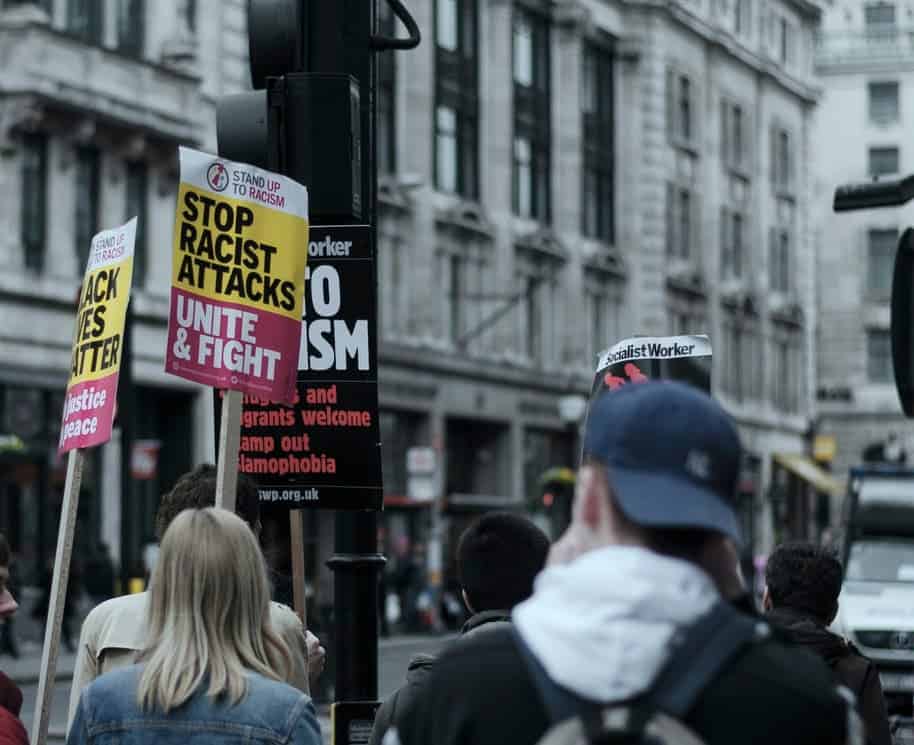
The history of the US is fraught with racial tension and discrimination. That tension boiled over after George Floyd died after being arrested by police outside a shop in Minneapolis, Minnesota. Footage showed Floyd suffocating, his neck under the knee of a policeman. This needless tragedy triggered protests, fist in Minnesota, and then on a national level — but this isn’t a new problem.
Institutional racism has been a long-standing problem in the United States, manifesting itself in multiple ways, from taking a loan to police discrimination and COVID-19. Many people are vaguely aware of that, but for people of color in the US, it’s a reality they face every day.
Discrimination in Health and Environment
Whether it’s environmental hazards, accessing healthcare, and the quality of healthcare received, black people often find themselves at a disadvantage.
You need not look farther than the COVID-19 crisis to see racial inequities. The coronavirus is hitting US minorities harder and faster, and black people in particular are subjected to extra risks.
This comes as no surprise. Research on race and health in the United States has consistently shown health disparities between different racial or ethnic groups. A 2010 study found that institutional racism impacts health care accessibility within non-white communities. Moreover, a systematic review of studies found that healthcare professionals exhibit significant biases against black people. In other words, black people in the US find it harder to get access to healthcare and when they do, they are still subjected to biases.
The evidence keeps pouring. In 2003, the Institute of Medicine released a report showing that race and ethnicity were significantly associated with the quality of healthcare received, even after controlling for socioeconomic factors such as access to care. For instance, one example is the discrepancy in cardiovascular surgical procedures: compared to their white counterparts, black patients are less likely to receive a necessary coronary bypass surgery, which translates into a significantly different health outcome.
Racial minorities in the US are also exposed to greater health and environmental risks than the general population, something often referred to as environmental racism. People of color are more likely to live, work, and play in America’s most polluted environments, and air pollution still disproportionately affects low-income, black neighborhoods. Ironically, although black communities produce less pollution than their white counterparts, they are more exposed to it. The American Lung Association has an entire page dedicated to the racial disparities present in air pollution
Communities of color (and poorer people) tend to be disproportionately exposed to lead, pesticides, and petrochemical plants — up to the point where race and class are a reliable indicator of where industrial plants and waste facilities are located.
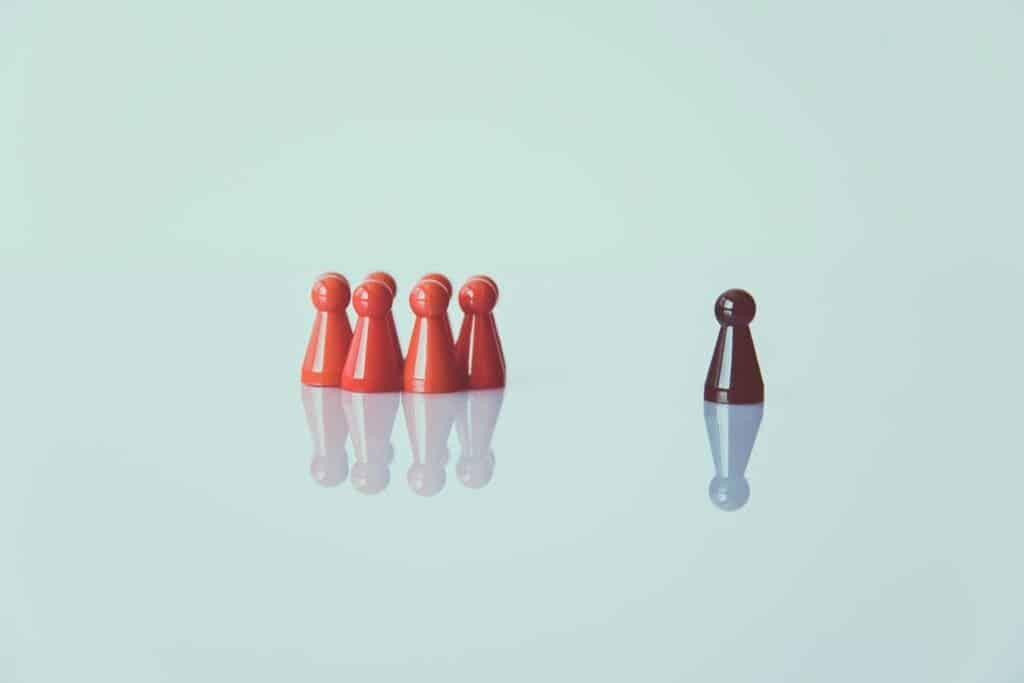
Racial disparities are often visible when we look at socioeconomic factors, but even at equivalent economic situations, racial differences in health often persist. Discrimination happens on different many levels, one review of studies found: from living in impoverished communities to societal stigma and even in the way health policies are drafted. It’s not just physical health, either.
Racial discrimination is frequent in the lives of African Americans, one study wrote, and this strongly correlates to psychiatric symptoms. The negative consequences of discrimination are also tied with a lot of different health issues, from common colds to cardiovascular damage. Of course, correlation does not imply causation, and there are multiple factors at play — but when you look at the multitude of studies
Racism in loans, jobs, education, and politics
Institutional racism also makes it harder for black people to climb the social ladder.
Many of the socio-economic challenges faced by many black communities can be traced to policies that came into effect in the 20th century. In the 1930s, banks determined who got a house loan based in part on a neighborhood’s risk for loan default. Many of these neighborhoods were African-American majority and weren’t allowed any housing loans. This meant that in the following decades, white people tended to move to the suburbs and become more affluent, whereas black communities were left struggling.
This so-called white flight amplified as a result of Franklin D. Roosevelt’s New Deal, and which black people were far more likely to be declined any type of loan — be it a house loan or a business loan. This triggered a series of cascading changes that lean towards poor people remaining poor. For instance, low-income neighborhoods are left with independently owned smaller grocery stores that tend to have higher prices, and they are more likely to be left with more liquor stores.
Numerous audit studies have found evidence of discrimination on the housing market, although this was somewhat alleviated during President Obama’s term, with his Fair Housing Finance program.
If that wasn’t enough, here’s another segment which accentuates racial divides: jobs.
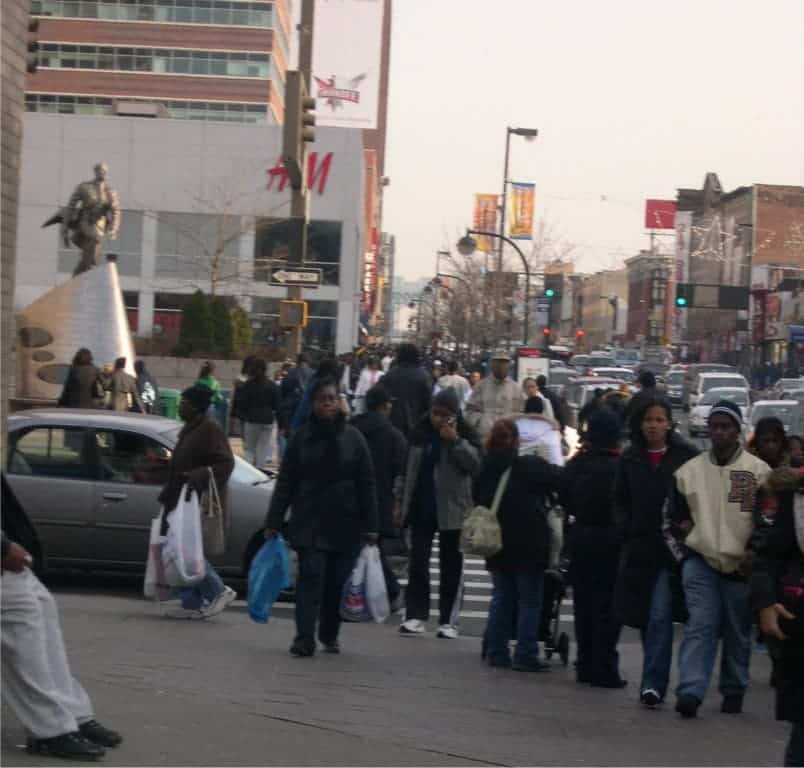
When it comes to hiring people, a recent study by Harvard researchers found that Americans are as racist as they were back in the late 1980s when it comes to jobs. The study looked at 24 previous papers and found that “white applicants receive 36% more callbacks than equally qualified African Americans” while “[w]hite applicants receive on average 24% more callbacks than Latinos.” Research has also shown that “black-sounding” names are less likely to be called for interviews.
Political representation is also scarce for black communities: there have been less than eight black people in Congress per Congressional period up until the Nixon era. It is only recently that black representation started to increase.
Police brutality and criminal convictions
George Floyd is far from an isolated case. Cases of police brutality against black people routinely make the news.
It has become a rather common occurrence — every year or two, there have been mass protests sparked by the police officers killing black people.
- In 2016, we had the shooting of Keith Lamont Scott — a man who had previously suffered brain damage in an accident and had difficulty communicating. Scott was shot outside his apartment complex, even though the police were looking for a man who was unrelated with Scott.
- In 2015, Freddie Gray was killed by a police intervention which resulted in his spine being 80% severed from his neck. This sparked riots in Baltimore.
- In 2014, Michael Brown Jr., an 18-year-old black man, was fatally shot 6 times by the police, leading to protests and riots in Ferguson, Missouri.
- Also in 2016, protests in Milwaukee were spurred by the fatal shooting of 23 year old Sylville Smith.

These are just the events that sparked mass protests. Between 2013 and 2019, police in the United States killed 7,666 people. But although black people only make up 13% of the population, they represent 24% of those killed by police officers. Overall, black people two-and-a-half times more likely than white Americans to be killed by the police. A 2002 study found that ethnicity has effects on a police officer’s decision to shoot or not to shoot — blacks are far more likely to be shot by police officers than whites in ambiguous situations.
That might be explained if it would be proportional with violent crime, but it doesn’t seem to be the case
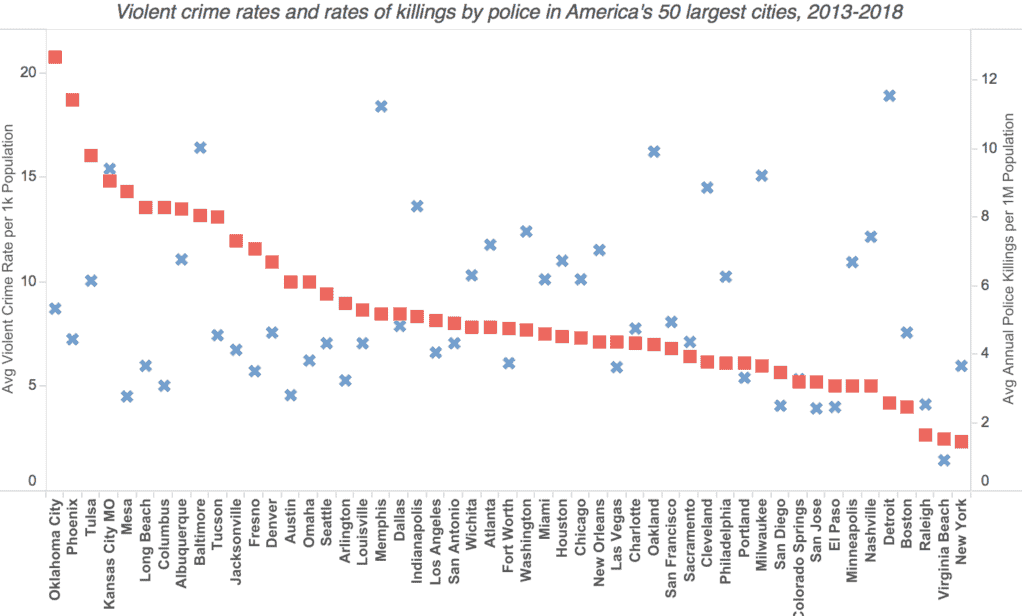
The numbers are disproportionate when it comes to other crimes. For instance, two thirds or crack cocaine users are white or Hispanic, yet the vast majority of convictions for possession are for black people. In fact, across the entire US legal system, black people tend to get more severe sentences.
For instance, two-thirds of crack cocaine users are white or Hispanic, but the vast majority of convictions for possession are for black people. Disproportionate punishments and convictions seem to happen throughout the entire US legal system — black people tend to get more severe sentences.
It’s not just about being black — it matters how black you are. A 2007 paper found that in criminal sentencing, medium to dark-skinned African Americans are likely to receive sentences 2.6 years longer than those of whites or light-skinned African Americans. Another study found that prosecutors are 1.75 times more likely to file charges carrying mandatory minimum sentences for black people and overall, black people’s sentences are 10% longer when all things are equal.
The greatest disparity in punishments is in how capital punishment is disproportionately applied to minorities and especially to blacks. The gap is so large that some researchers have argued it undermines the entire reasoning for capital punishment.
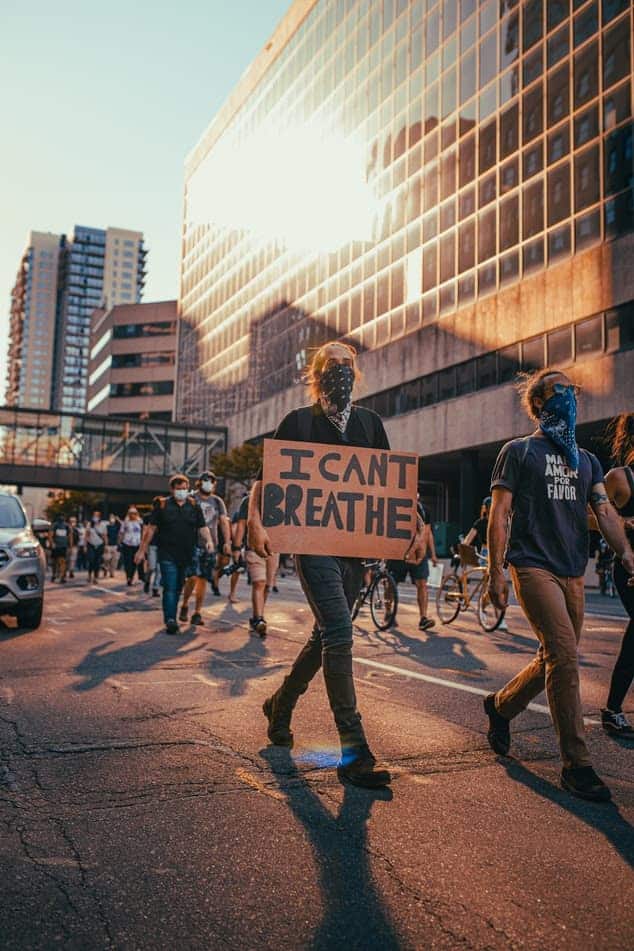
Much of these disparities stem from biases. A 2014 study concluded that judges subconsciously utilize the assumption that minorities are more likely to recidivate — and to issue a longer sentencing that will prevent the defendants from reengaging in criminal offenses.
Police profiling and stop-and-frisk practices have also been shown to discriminate against black people. Arrest quotes, as practiced by the NYPD, have been criticized and even challenged legally: in Floyd vs City of New York, a ruling led to the creation of an independent Inspector General’s office to oversee the NYPD, after a federal judge called a whistleblowers recordings of superiors use of “quotas” the ‘smoking gun evidence’ that police were racially profiling and violating civilians’ civil rights.
This is not to say that black people aren’t responsible for a disproportionate. According to the US Department of Justice, African Americans accounted for 52.5% of all homicide offenders from 1980 to 2008. However, research suggests that police practices (such as racial profiling and over-policing in areas populated by minorities) may be responsible for disproportionately high numbers of racial minorities among crime suspects. Although there is far too little research on police violence to draw any definite conclusions, many police investigations and practices seem prejudiced by racial bias.
A systemic problem
The protests started in Minneapolis and have now extended nationally, fueled by a common sentiment against police brutality and systematic discrimination against minorities. Minorities in the US (and black people specifically) feel it every day, and every once in a while, the phenomenon is brought into national attention. But while public attention might forget this in a while, minorities can’t.
In Minneapolis, the police kills black people at a rate 13 times higher than white people — one of the largest racial disparities in the U.S. When George Floyd died, it was hard to see it as an isolated event. The echoes of similar events ring far too strong to consider it an exception.
In many cases, racism is well embedded in all levels of society, and things aren’t really getting better. Since the election of Donald Trump, hate crimes have been on the rise and the anti-minority sentiment has been exacerbated.
It remains to be seen how much the situation will escalate and what the ultimate outcome will be.


